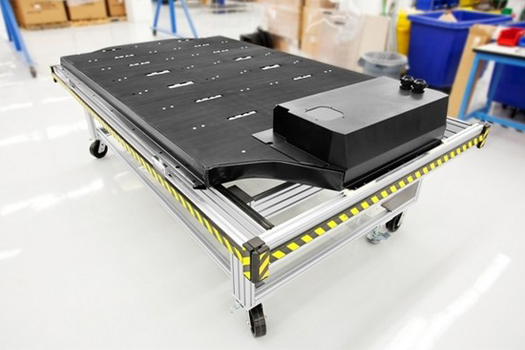

We all know that electric cars use batteries to run and due to their limited capacity and availability of access points, they can’t run long. Once the batteries run out of juice, they require plenty of time to juice up. Soon this became the major factor limiting the global adoption of electric vehicles, but now the South Korean scientist presumably has found a solution.
The current generation of electric vehicles use lithium-ion batteries which are hypothetically speaking, very expensive and store power that most of the drivers find insufficient. Thus, it requires frequent top-ups on long journeys where it becomes difficult to find the access points. And worst of them all is the amount of time a single recharge consumes, and when you have to do it over ‘n over, it’s bloody annoying.
The credit of discovering this technological breakthrough goes to Dr. Lu Wu of South Korea. He is from Gwangju Institute of Science and Technology and during his research on grapheme, a miracle substance, he discovered a new use which is going to revolutionise the electric vehicle charging process.
The Super Supercapacitor | Brian Golden Davis from Focus Forward Films on Vimeo.
The difference between traditional and new technology is the use of “Supercapacitor” where traditionally, batteries are used to store electricity. Supercapacitor has changed the way electricity is stored, it stores energy in form of static electricity on the surfaces of materials.
Single atom thick form of carbon is known as Graphene, this is why it is the most suitable material to form a supercapacitor. It is so powerful that a real tiny amount of it is capable of storing huge amount of energy, for example, 2,675m sq. can be covered by one gram of it.
This substance is so much more powerful than any of lithium-ion batteries, like one kilogram of it would store more energy than a traditional battery. And this supercapacitor will take merely 4 minutes to get to a complete charge. But the industrial production and commercial use will take some time.